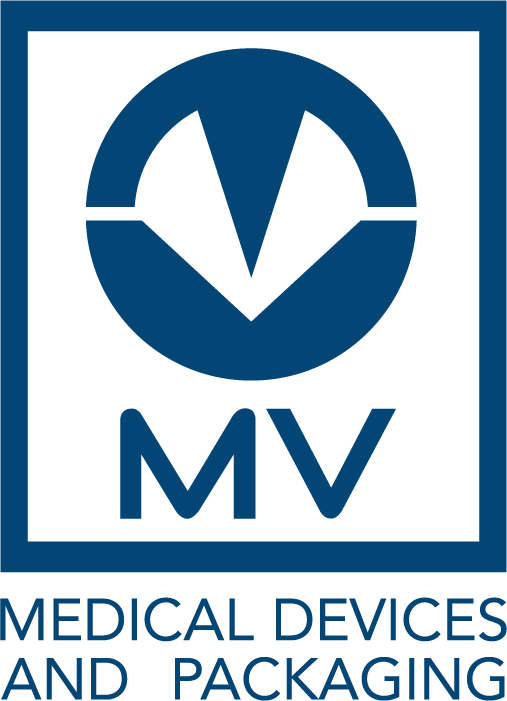Top 5 Trends That Will Shape the Medical Device Industry in 2018
At the beginning of each year, it’s intriguing to look into a crystal ball to get a glimpse of what the upcoming year will look like. Given how fast technology evolves, if you so much as blink you could miss out on critical insight regarding some new trends.
The massive amounts of information flowing at light speed compounds the already foreboding challenges with making business decisions. With the help of highly seasoned auditor and regulatory compliance guru Walt Murray, we look at five trends that will significantly impact the medical device industry in 2018.
Murray, CLA (QSA/IATCA/IRCA/RAB), CSSMBB, a globally recognized regulatory compliance and risk management consultant, currently serves as principal consultant for PinPoint Consulting. He is a CQEH&S lead auditor and is certified in quality and environmental (AQS) systems auditing.
Speaking of technology, digital device technology will continue to set the pace for the medical device industry. This will be especially true for software-enabled products in disposables as well as reusable devices. Medical device manufacturers are encouraged to keep a close watch on the emerging trends and be ready to adapt to new ideas and methodologies.
#1 Software in Medical Devices Will Become More Common — and Complex
Digital technology is becoming infused in nearly every sector of healthcare delivery. The inclusion of software in medical device development means medical devices are becoming more complex. Nevertheless, the benefits of innovative technology to both providers and patients are exponential.
The growing complexity of technology in devices is prodding manufacturers to revamp some of their approaches to design and development. This includes devoting even more time and effort to device planning — particularly with:
- Design control – Design approval is more challenging with software-based medical devices because there is a higher risk of defects or functionality discrepancies surfacing later in the production process or bugs being discovered during validation.
- Risk management – With the complex nature of software development, risk management must be performed with a greater level of detail both at the design stage and throughout the device’s lifecycle.
- Cybersecurity – Cybersecurity concerns can pop up anytime and anywhere in a device’s lifecycle. Security issues do not have a grace period. They are a priority that must immediately be assessed for risk and mitigated.
#2 Atypical Medical Device Technology Will Become More Typical
Companies outside of the healthcare sector continue to channel their expertise and technology toward the development of products used in medical treatment. This trend will likely intensify competition among all sectors on the medical device playing field.
However, in many cases, disruptive innovators will still need to depend on the industry “street smarts” of incumbent organizations to handle system complexity and navigate the regulatory environment. There are nuances to medical device manufacturing that could trip up non-traditional companies coming out of the gate.
- Communication must be conclusive and recorded. Nontraditional companies might not be aware that every syllable of research data, design concepts, storyboards, functional specifications, emails, meeting minutes and notes scrawled on a whiteboard must be captured in system records that are available to all the stakeholders.
- New devices aren’t always used right away. New device technology often requires health care providers to change their processes in order to use the new devices. Developers of medical devices should consider pacing themselves with new device technologies as some devices may require providers to customize their workflows around using the new product. Some providers may be hesitant to do this until there is a wider need for a device.
#3 Medical Device Industry Will Experience More Challenges with “Proving” Compliance
The impetus behind many regulatory changes and updates in medical device development is the surge of health care-related mobile device apps, which need to be included in regulatory compliance. The FDA’s draft guidance, “Mobile Medical Applications Guidance for Industry and Food & Drug Administration Staff,” explains which types of mobile medical apps it will and won’t regulate.
According to the guidance, a mobile app that serves as an accessory to support, supplement or augment an existing medical device, or to transform a mobile platform for some form of medical use is now considered an FDA-regulated mobile medical app. The FDA will use the same risk-based approach to ensure the safety and effectiveness of mobile apps that it uses for other medical devices.
#4 Regulatory Authorities Will Continue to Emphasize Human Factors Engineering
The push toward reducing or eliminating user errors includes guidelines contained in ANSI/AAMI/IEC 62366, which focuses on the safety aspects of usability engineering.
Part of a device manufacturer’s human factors engineering (HFE) effort is to reduce the scope and complexity of training for both manufacturers and users. This can be achieved through more formalized interfacing among development teams. Applying a failure mode risk analysis is most successful when performed by a team consisting of people from relevant specialty areas.
Also, certain human factors issues can only be validated in the actual use environment because simulated use testing might not be sufficient. These circumstances often require submitting an investigational device exemption (IDE) study and receiving approval before testing a device in a clinical setting. This means you first need to submit a Pre-Submission (Pre-Sub) validation.
#5 De Novo Pathway Will Become Easier and Faster
Historically, the de novo pathway for putting a product on the market hasn’t been as popular as its 510(k) and premarket approval (PMA) peers. This trend is changing as the number of successful de novo classifications is on the rise. This changing trend is due in part to the FDA streamlining the application process by no longer requiring a 510(k) and a not substantially equivalent (NSE) determination.
According to the FDA’s “De Novo Classification Process (Evaluation of Automatic Class III Designation)” guidance, if a person believes their device is appropriate for classification into Class I or Class II and determines that there is no existing legally marketed predicate device, based on currently available information, they may submit a de novo request without a preceding 510(k) and NSE.
One thing to keep in mind is the de novo pathway is highly risk-based, which means a strong risk mitigation strategy is key. In short, if you have a new technology that isn’t considered high risk or if you can adequately demonstrate how you can mitigate all known risks, you could get your product on the market without a costly and lengthy premarket approval (PMA). Even if your device is similar to an existing device, but the technology is different, you can use the de novo pathway. Remember, your de novo application should sufficiently address all risks as well as how those risks will be mitigated.
by David Jensen, Staff Writer, MasterControl









